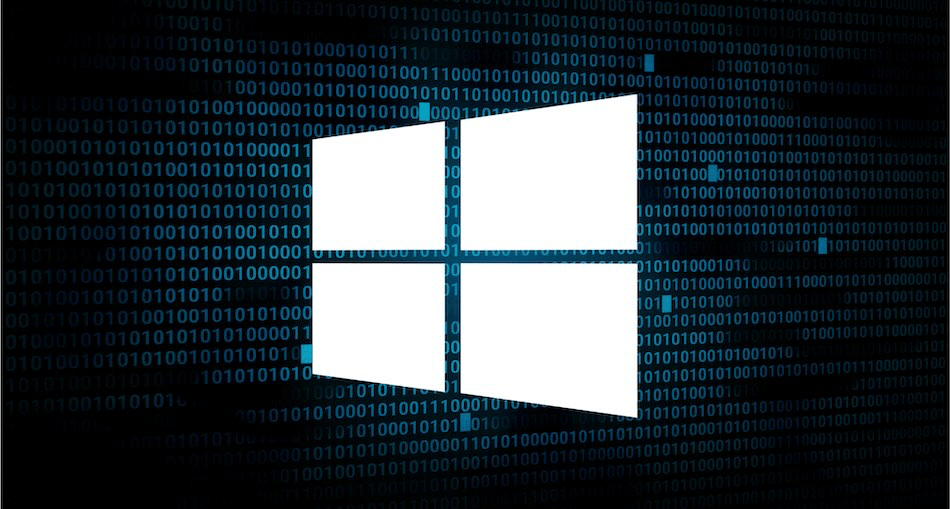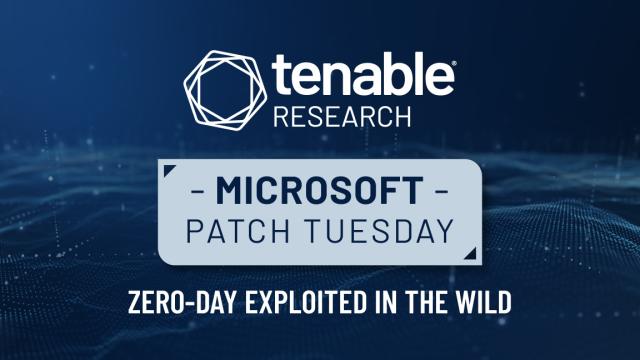Example Searches:
CVE
Threat Actors
Countries
Vendors
Severity
Known Exploited
|
CVE-2025-31200 |
🚨 Marked as known exploited on April 17th, 2025 (about 2 months ago).
Description: A memory corruption issue was addressed with improved bounds checking. This issue is fixed in tvOS 18.4.1, visionOS 2.4.1, iOS iOS 18.4.1 and iPadOS 18.4.1, macOS Sequoia 15.4.1. Processing an audio stream in a maliciously crafted media file may result in code execution. Apple is aware of a report that this issue may have been exploited in an extremely sophisticated attack against specific targeted individuals on iOS.
CVSS: HIGH (7.5) EPSS Score: 0.22% SSVC Exploitation: none
April 16th, 2025 (about 2 months ago)
|

|
🚨 Marked as known exploited on April 11th, 2025 (about 2 months ago).
Description: A newly disclosed high-severity security flaw impacting OttoKit (formerly SureTriggers) has come under active exploitation within a few hours of public disclosure.
The vulnerability, tracked as CVE-2025-3102 (CVSS score: 8.1), is an authorization bypass bug that could permit an attacker to create administrator accounts under certain conditions and take control of susceptible websites.
"The
CVSS: HIGH (8.1) EPSS Score: 0.14%
April 11th, 2025 (about 2 months ago)
|
|
CVE-2022-21658 |
🚨 Marked as known exploited on April 10th, 2025 (about 2 months ago).
Description: As of January 10, 2023, CISA will no longer be updating ICS security advisories for Siemens product vulnerabilities beyond the initial advisory. For the most up-to-date information on vulnerabilities in this advisory, please see Siemens' ProductCERT Security Advisories (CERT Services | Services | Siemens Global).
View CSAF
1. EXECUTIVE SUMMARY
CVSS v4 9.1
ATTENTION: Exploitable remotely/low attack complexity
Vendor: Siemens
Equipment: SIDIS Prime
Vulnerabilities: Race Condition Enabling Link Following, Improper Validation of Integrity Check Value, Unchecked Input for Loop Condition, Expected Behavior Violation, Incorrect Provision of Specified Functionality, Heap-based Buffer Overflow, Cleartext Transmission of Sensitive Information, Use After Free, NULL Pointer Dereference, Exposure of Sensitive Information to an Unauthorized Actor, Out-of-bounds Write, Improper Input Validation, Uncontrolled Resource Consumption
2. RISK EVALUATION
Successful exploitation of these vulnerabilities could allow an attacker to execute unauthorized deletions, cause denial of service, corrupt application state, leak sensitive information, or potentially execute remote code.
3. TECHNICAL DETAILS
3.1 AFFECTED PRODUCTS
Siemens reports that the following products are affected:
SIDIS Prime: All versions before V4.0.700
3.2 VULNERABILITY OVERVIEW
3.2.1 RACE CONDITION ENABLING LINK FOLLOWING CWE-363
Rust is a multi-paradigm, general-purpose programming language designed for performance and safety,...
CVSS: HIGH (7.3)
April 10th, 2025 (about 2 months ago)
|
|
CVE-2025-3102 |
🚨 Marked as known exploited on April 11th, 2025 (about 2 months ago).
Description: The SureTriggers: All-in-One Automation Platform plugin for WordPress is vulnerable to an authentication bypass leading to administrative account creation due to a missing empty value check on the 'secret_key' value in the 'autheticate_user' function in all versions up to, and including, 1.0.78. This makes it possible for unauthenticated attackers to create administrator accounts on the target website when the plugin is installed and activated but not configured with an API key.
CVSS: HIGH (8.1) EPSS Score: 0.14%
April 10th, 2025 (about 2 months ago)
|

|
🚨 Marked as known exploited on April 10th, 2025 (about 2 months ago).
Description: Microsoft’s April 2025 Patch Tuesday rollout includes a critical fix for an actively exploited zero-day vulnerability in the Windows Common Log File System (CLFS), tracked as CVE-2025-29824, which threat actors have used to launch ransomware attacks across multiple sectors. The vulnerability was discovered by the Microsoft Threat Intelligence Center (MSTIC) and Microsoft Security Response Center …
The post Microsoft Fixes Actively Exploited CLFS Zero-Day Used in Ransomware Attacks appeared first on CyberInsider.
CVSS: HIGH (7.8) EPSS Score: 4.49%
April 8th, 2025 (about 2 months ago)
|

|
🚨 Marked as known exploited on April 10th, 2025 (about 2 months ago).
Description: 11Critical110Important0Moderate0LowMicrosoft addresses 121 CVEs including one zero-day which was exploited in the wild.Microsoft patched 121 CVEs in its April 2025 Patch Tuesday release, with 11 rated critical and 110 rated as important.This month’s update includes patches for:ASP.NET CoreActive Directory Domain ServicesAzure LocalAzure Local ClusterAzure Portal Windows Admin CenterDynamics Business CentralMicrosoft AutoUpdate (MAU)Microsoft Edge (Chromium-based)Microsoft Edge for iOSMicrosoft OfficeMicrosoft Office ExcelMicrosoft Office OneNoteMicrosoft Office SharePointMicrosoft Office WordMicrosoft Streaming ServiceMicrosoft Virtual Hard DriveOpenSSH for WindowsOutlook for AndroidPower AutomateRPC Endpoint Mapper ServiceRemote Desktop ClientRemote Desktop Gateway ServiceSystem CenterVisual StudioVisual Studio CodeVisual Studio Tools for Applications and SQL Server Management StudioWindows Active Directory Certificate ServicesWindows BitLockerWindows Bluetooth ServiceWindows Common Log File System DriverWindows Cryptographic ServicesWindows DWM Core LibraryWindows Defender Application Control (WDAC)Windows Digital MediaWindows HTTP.sysWindows HelloWindows Hyper-VWindows InstallerWindows KerberosWindows KernelWindows Kernel MemoryWindows Kernel-Mode DriversWindows LDAP - Lightweight Directory Access ProtocolWindows Local Security Authority (LSA)Windows Local Session Manager (LSM)Windows Mark of the Web (MOTW)Windows MediaWindows Mobile BroadbandWindows NTFSWindows Power D...
CVSS: HIGH (7.8) EPSS Score: 4.49%
April 8th, 2025 (about 2 months ago)
|
|
CVE-2025-29824 |
🚨 Marked as known exploited on April 8th, 2025 (about 2 months ago).
Description: Use after free in Windows Common Log File System Driver allows an authorized attacker to elevate privileges locally.
CVSS: HIGH (7.8) EPSS Score: 4.49% SSVC Exploitation: active
April 8th, 2025 (about 2 months ago)
|

|
🚨 Marked as known exploited on April 10th, 2025 (about 2 months ago).
Description: Impact
A malicious server can craft events which, when received, prevent Synapse version up to 1.127.0 from federating with other servers. The vulnerability has been exploited in the wild.
Patches
Fixed in Synapse v1.127.1.
Workarounds
Closed federation environments of trusted servers or non-federating installations are not affected.
For more information
If you have any questions or comments about this advisory, please email us at security at element.io.
References
https://github.com/element-hq/synapse/security/advisories/GHSA-v56r-hwv5-mxg6
https://nvd.nist.gov/vuln/detail/CVE-2025-30355
https://github.com/element-hq/synapse/commit/2277df2a1eb685f85040ef98fa21d41aa4cdd389
https://github.com/element-hq/synapse/releases/tag/v1.127.1
https://github.com/advisories/GHSA-v56r-hwv5-mxg6
CVSS: HIGH (7.1) EPSS Score: 0.94%
March 27th, 2025 (2 months ago)
|
|
CVE-2025-30355 |
🚨 Marked as known exploited on March 27th, 2025 (2 months ago).
Description: Synapse is an open source Matrix homeserver implementation. A malicious server can craft events which, when received, prevent Synapse version up to 1.127.0 from federating with other servers. The vulnerability has been exploited in the wild and has been fixed in Synapse v1.127.1. No known workarounds are available.
CVSS: HIGH (7.1) EPSS Score: 0.94% SSVC Exploitation: none
March 27th, 2025 (2 months ago)
|
|
CVE-2025-2783 |
🚨 Marked as known exploited on March 26th, 2025 (2 months ago).
Description: Incorrect handle provided in unspecified circumstances in Mojo in Google Chrome on Windows prior to 134.0.6998.177 allowed a remote attacker to perform a sandbox escape via a malicious file. (Chromium security severity: High)
CVSS: HIGH (8.3) EPSS Score: 2.01% SSVC Exploitation: none
March 26th, 2025 (2 months ago)
|
